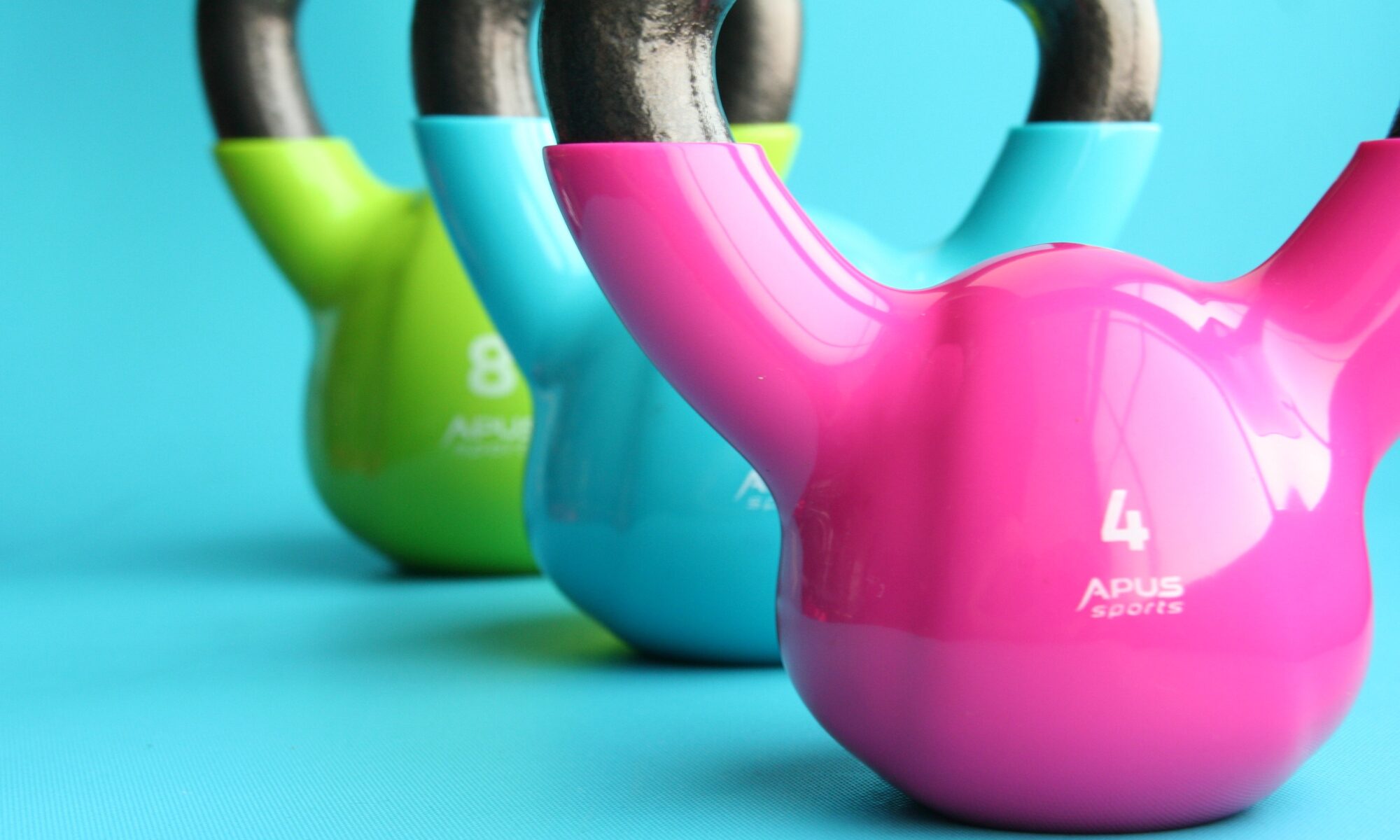How do you determine the weight of an assessment? Do you think about student effort, or high-priority learning outcomes, or perhaps which assessments are most reliable? What seems “right” for assessment weights will vary depending on who you ask, including students. Why not let them decide? Flexible assessment weighting gives students greater control over their learning, and it can lead to a better overall course experience. If the concept sounds too novel, there are also ways to “personalize” flexible weighting to fit your comfort level.
Perks of being flexible
Research indicates that offering choice of assessment weights will lead to various improvements for students’ course experience.
For example, students will have an increased sense of ownership over their learning (Brockerhoff-Macdonald, et al., 2018), and this increased investment will also lead to a happier and more engaged cohort (Edwards, 2020; Pacharn, et al., 2013; Rideout, 2018). Gaining control over how you complete a course helps make it more personalized, rather than a one-size-fits-all approach. Poor attitudes and detachment from assessments will not bring out a student’s best work, but if they feel a course truly meets their needs, it will be a more pleasant and engaging experience, inspiring better assessments.
Also, a flexible weighting scheme will help instill self-reflection skills in students (Brockerhoff-Macdonald, et al., 2018; Pacharn, et al., 2013). Students will need to study assessment instructions and rubrics closely, comparing with their own skills and preferences, before deciding where to allocate weight. In making this decision, they will be invested in their choice; therefore, if their self-evaluation doesn’t pan out, they’ll gain meaningful insight into their own abilities.
Most importantly, students will be less stressed taking a course that allows them flexibility in its evaluation scheme (Brockerhoff-Macdonald, et al., 2018; Edwards, 2020). A student who doesn’t excel writing in an exam hall will be much more at ease if they can reallocate weight from an exam to a regular essay. Because university can be a stressful experience, flexible weights are a helpful approach to reducing grade anxiety and supporting the mental health of your students.
Potential considerations
If you’re unsure how you will offer flexible weighting in your course, there are options. Consider the following and find what fits your own teaching style and comfort level.
-
- Set your default scheme: First, think through what you consider the “most appropriate” assessment weights. Chances are, if you aren’t teaching an entirely new course, you’ve already got something in mind.
- Decide what assessments will be flexible: Now that you have your defaults, which ones can you be flexible with? Will every assessment have flexible weights, or only certain assessments?
- Decide how far students can flex: Think of your options here like a restaurant. Will you offer a “menu” of specific assessment schemes to choose from, or will you take an “à la carte” approach and offer weight ranges for each assessment?
- Decide when students must “lock in” their weights: You might require selections by the first due date in the course. If you want to be more flexible, you might allow students to return to your “Default” scheme if their choice leads to a lower course mark (see Brockerhoff-Macdonald, et al., 2018 for an example), or you might even allow them to revise their choice at any point in the term (see Rideout, 2018 for an example).
Offering in Canvas
You might be wondering how flexible assessment weights could be offered without becoming an administrative nightmare. Thankfully, if you teach in Canvas, the process doesn’t need to be a headache. While Canvas has no “built-in” function to offer this degree of flexibility, combining surveys (to obtain student preferences) with the exported gradebook spreadsheet makes this doable via the power of Excel.
Can you be flexible?
So, how tied to your “default” evaluation scheme are you? Can you see some degree of flexibility? For students to feel more choice and autonomy in their learning, they need a flexible instructor who is willing to offer options for how to engage in their course.
Interested in learning more? Reach out to deu.support@usask.ca.


